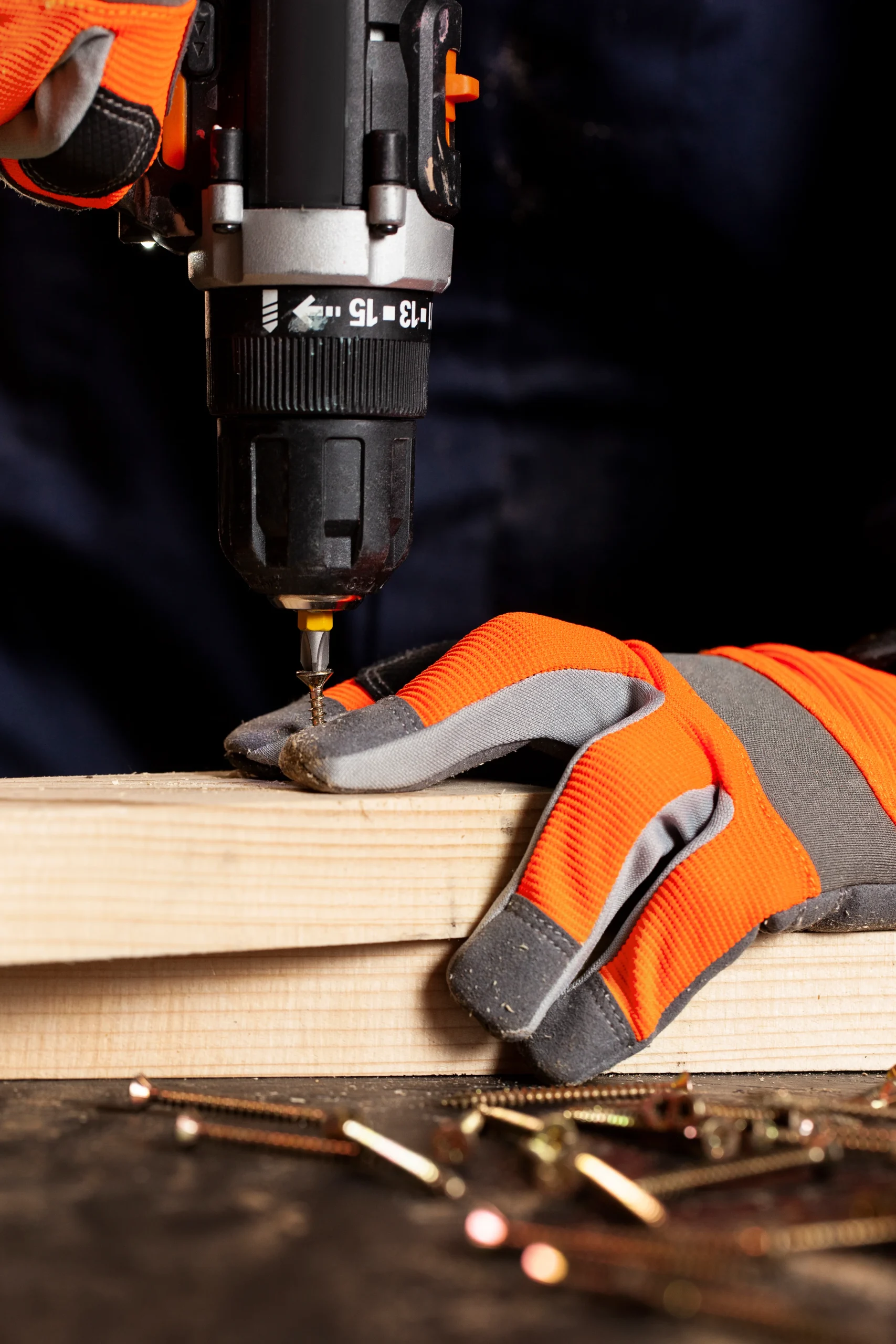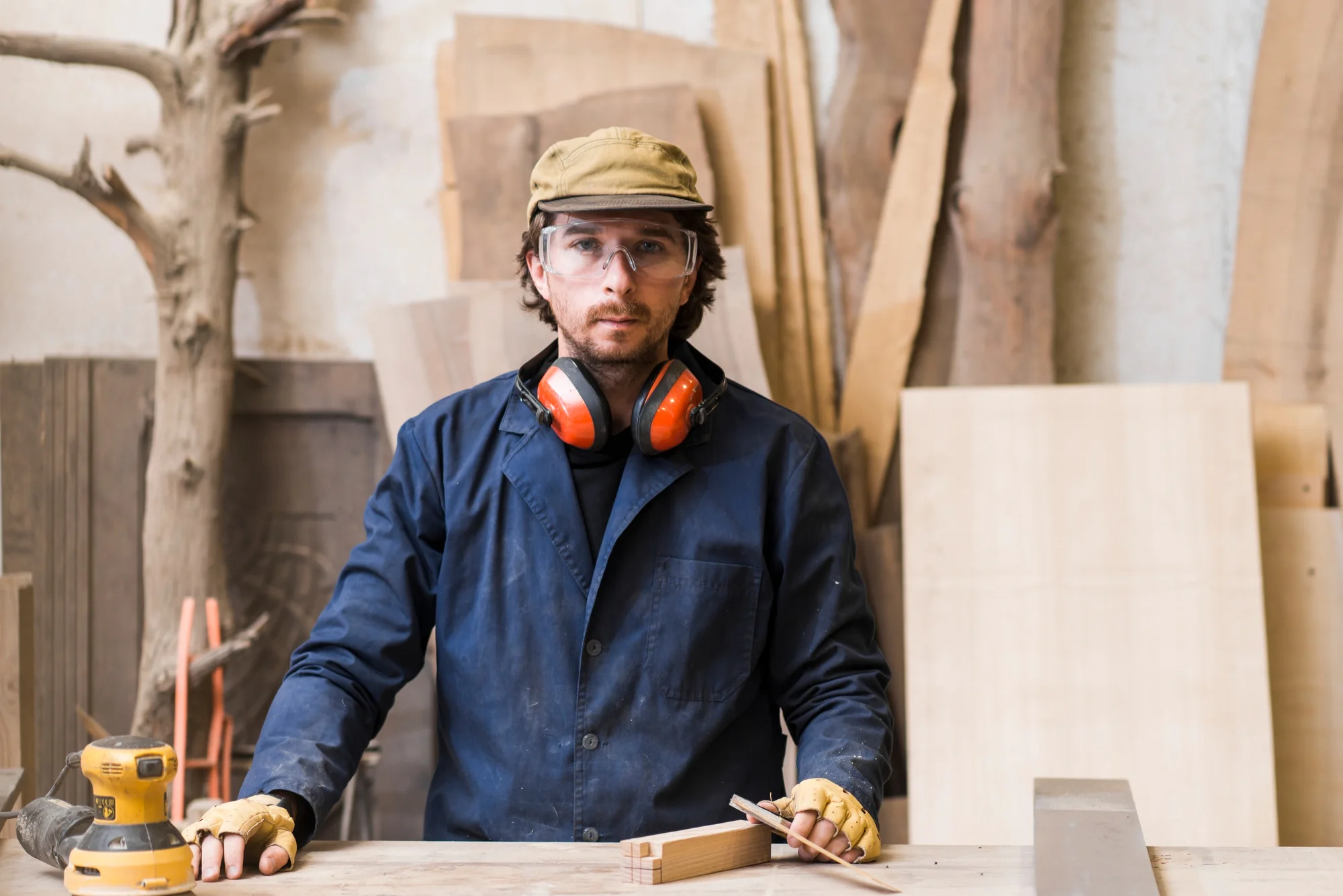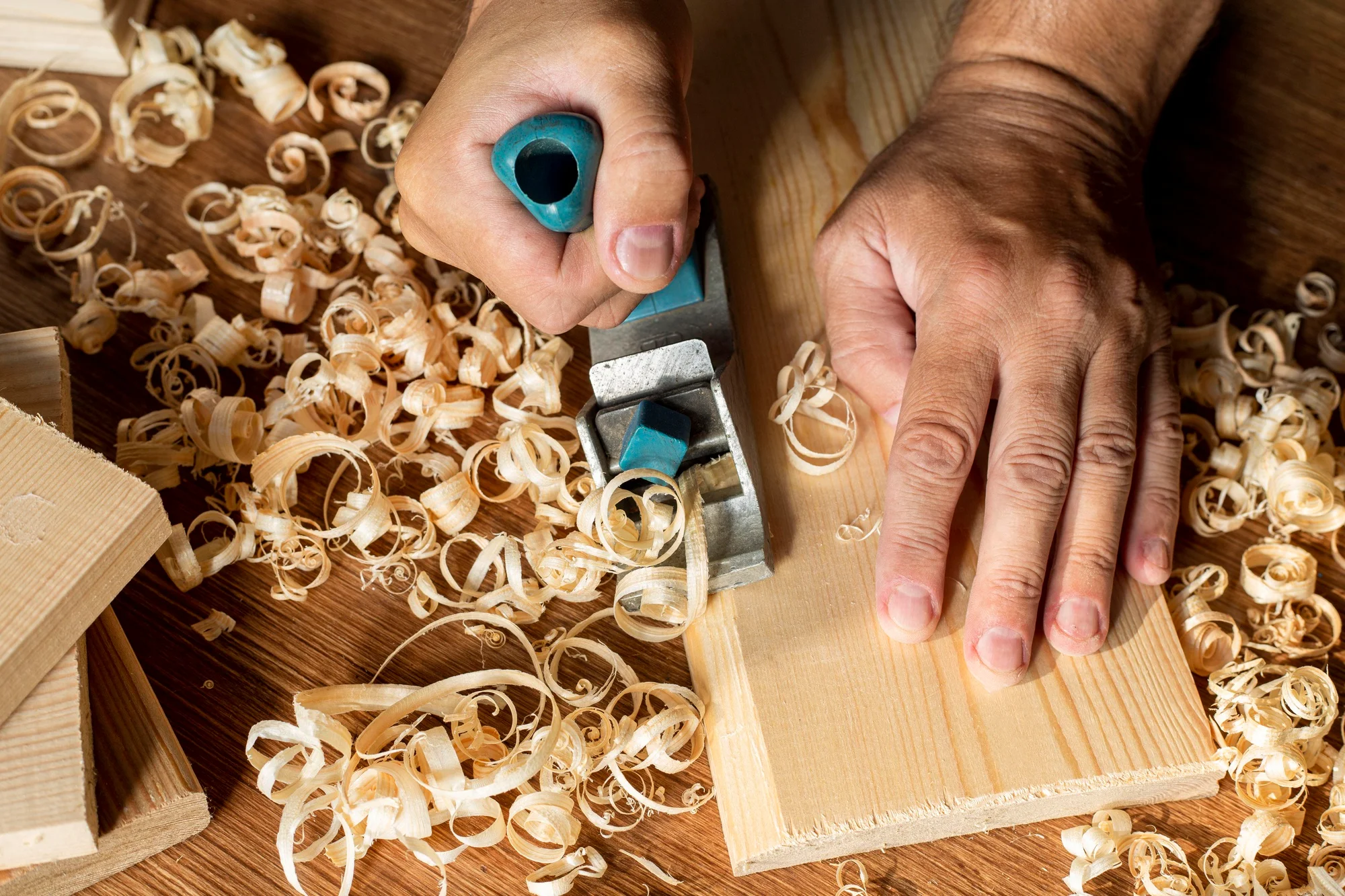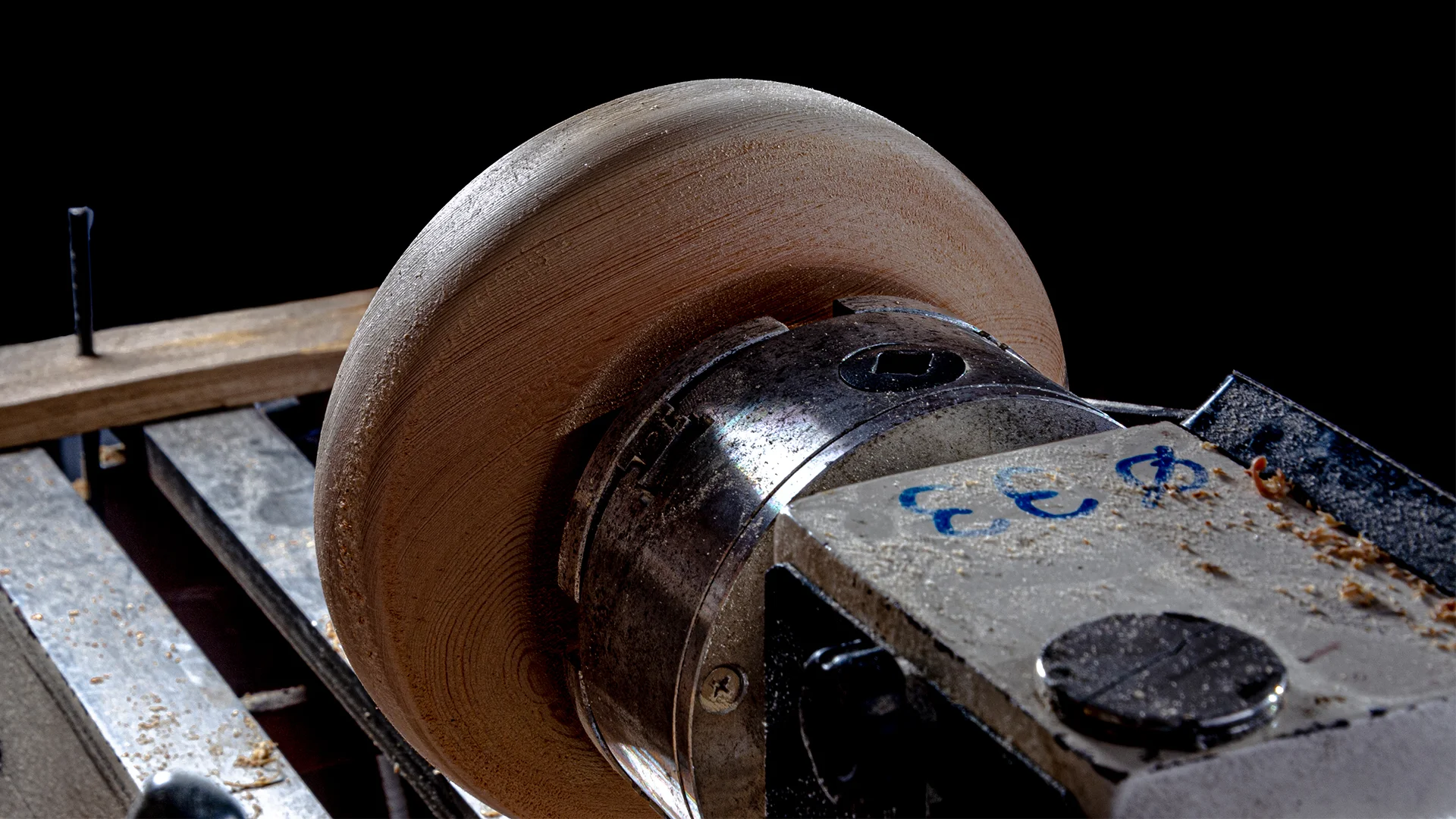
Our Blog

The Future of Architectural Woodworking: Trends to Watch
In the ever-evolving world of architecture and design, trends in woodworking are continuously shaping the future of the industry. From sustainability to technological advancements and a resurgence of appreciation for traditional craftsmanship, several key trends are set to redefine architectural woodworking in the coming years.
Woodworking Trends to Watch
- Wood as a Sustainable Choice
With a growing emphasis on environmentally friendly practices, architects are increasingly turning to wood as a sustainable building material. Compared to materials like steel and concrete, which require a lot of energy to produce, processing wood requires less energy.
- Return to Local and Unique Woods
The trend in architectural woodworking is shifting towards using local and unique woods, with a focus on sustainability and highlighting regional character. Here’s what’s gaining attention:
- Species with interesting characteristics – Woods with unique figuring (natural grain patterns), color variations, or high durability are becoming more sought-after. Examples include:
- Hickory – This American hardwood offers a range of colors and a striking, pronounced grain.
- Mesquite – This Southwestern US wood has a beautiful golden brown color and a high degree of natural character, often with interesting knots and figuring.
- Black Locust – This rot-resistant wood native to North America is gaining popularity for its dark brown color and unique, almost sculptural grain patterns.
- Lesser-known hardwoods – As awareness grows about the environmental impact of using certain tropical hardwoods, architects are exploring lesser-known local species. For example, instead of mahogany, using American cherry or applewood can provide a beautiful and sustainable alternative.
- Standardization and Quality
As architectural woodworking becomes more sophisticated, industry standards will play a crucial role in ensuring quality and safety. Standards set by organizations like the Architectural Woodwork Institute (AWI), including the AWI Casework Standards, provide a common language for project specifications, benefiting both architects and clients.
- High-End Customization
The demand for bespoke woodworking in high-end residential and commercial projects is expected to remain strong. This trend caters to a desire for one-of-a-kind spaces that reflect the owner’s personality and style.
Looking Ahead
The future of architectural woodworking looks bright, with a blend of cutting-edge technology, sustainable practices, and a renewed appreciation for craftsmanship. As architects and designers continue to push the boundaries of what is possible, woodworking will play a vital role in shaping the buildings and spaces of tomorrow.
In conclusion, the future of architectural woodworking is full of exciting possibilities. By embracing sustainability, leveraging technological advancements, and honoring traditional craftsmanship, the industry is poised for a period of innovation and growth. As we look to the future, it’s clear that woodworking will remain an integral part of architectural design for years to come.
Recent Post

How to Choose the Best Woodworking Compass: Expert Tips and Tricks

Screw Gun vs Drill: What Every Woodworker Needs to Know

Woodworking PPE Checklist: Are You Fully Protected?

Green Woodworking 101: A Beginner’s Guide to Crafting with Unseasoned Wood



